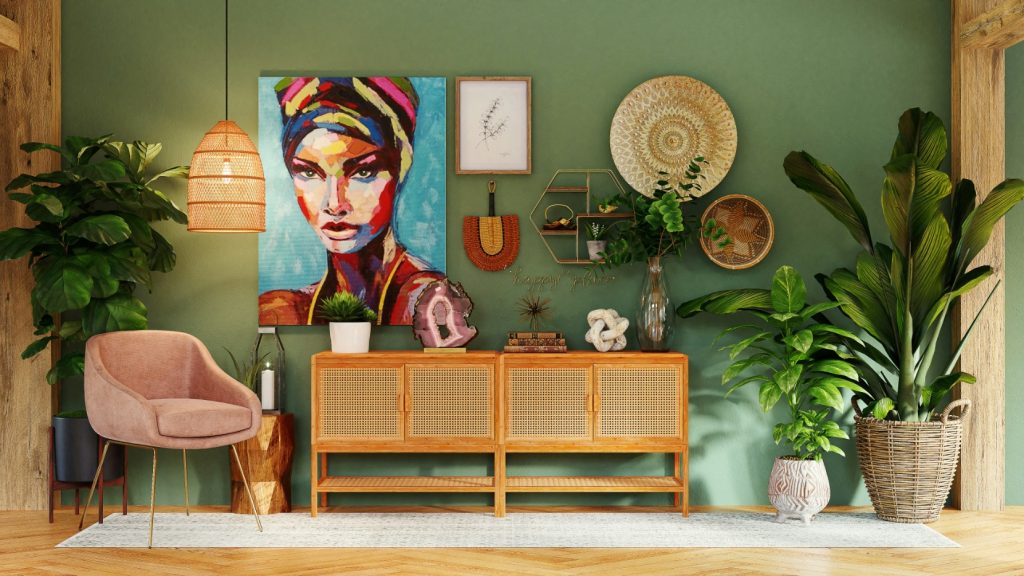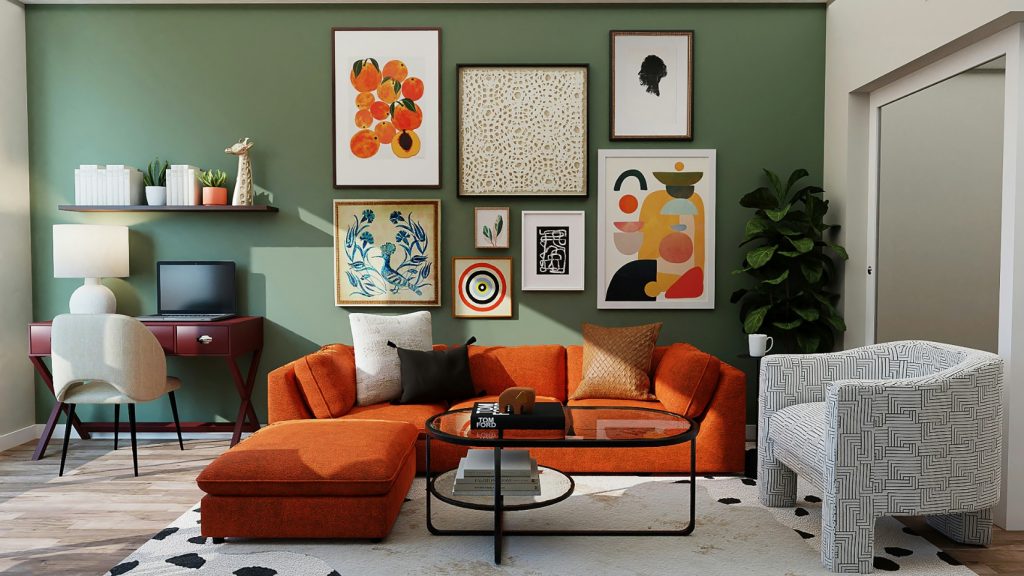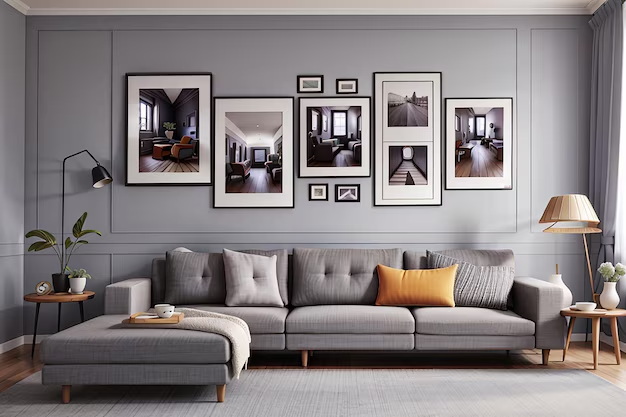How to Choose the Best AI Tools for Your Interior Design Projects
The rise of artificial intelligence (AI) has revolutionized the interior design industry, offering tools that streamline planning, improve visualization, and create personalized spaces. Whether you’re a professional designer or a homeowner looking to revamp your living space, selecting the right AI tools can significantly impact the outcome of your project. Here’s a comprehensive guide to choosing the best AI tools for your interior design projects.



6. Test Free Trials or Demos
Many AI design tools offer free trials or demo versions. Use these to explore their features and assess their usability. This hands-on experience will help you determine whether the tool meets your expectations before committing to a purchase.

Conclusion
Choosing the right AI tool for your interior design project depends on your goals, budget, and level of expertise. By focusing on features like visualization, space optimization, and cost management, you can select a platform that aligns with your needs. With the right AI tool, you can transform your ideas into reality while saving time and money, creating a space that reflects your style and functionality requirements.




